Your home is your sanctuary, a space designed to reflect your tastes and cater to your needs. One crucial part of this personal haven is the roof, an essential element that protects your home from the elements. Selecting the right material for your roof is a critical decision, one that impacts the durability, aesthetics, and budget of your home maintenance.
Understanding Your Roofing Needs
Choosing a roofing material goes beyond picking the first option you come across. It involves taking into account several factors that contribute to the overall performance and longevity of your roof.
Evaluating Your Home’s Location
Your geographical location plays a pivotal role in the choice of roofing material. Homes in coastal regions, for instance, require a roof that can withstand salty air and high winds. Here, options such as metal roofing or specially treated wood shakes might be beneficial. Conversely, for homes located in wildfire-prone areas, fire-resistant materials like slate or tile are a wise choice.
Climate Considerations
Serious heat or bracing cold, your roof must withstand the rigors of your local climate. The ideal roofing material in one weather condition may not perform optimally in another, so it’s essential to consider your area’s typical weather patterns.
Architectural Style and Aesthetic Appeal
Your home’s architectural style and your personal taste are significant influencers in your choice of roof material. The right material can enhance your home’s visual appeal and complement its overall design, making it crucial to select a roof that aligns with your home’s aesthetic.
The Role of Durability and Maintenance
When considering roof materials, durability is a key factor. The lifespan and maintenance requirements of your chosen material can greatly influence the long-term enjoyment and cost-effectiveness of your roof.
The Lifespan of Different Roof Materials
Different roofing materials offer varying lifespans. For example, while asphalt shingles might need replacing after about 20 years, metal roofs can last up to 70 years with proper care. You’ll need to find a balance between longevity and your budget. You’ll also want to consider aesthetics as not all long-lasting materials will be your preferred style.
Maintenance Requirements for Each Material
Maintenance needs also vary widely between roofing materials. Some options, like wood shakes, may require more regular upkeep, while others, like slate or metal, can be more low-maintenance. Consider your lifestyle and willingness to undertake maintenance tasks when choosing your roof material.
Additionally, collaborating with reputable local roofing companies can help you understand the specific maintenance requirements of different materials, ensuring the longevity and integrity of your roof.
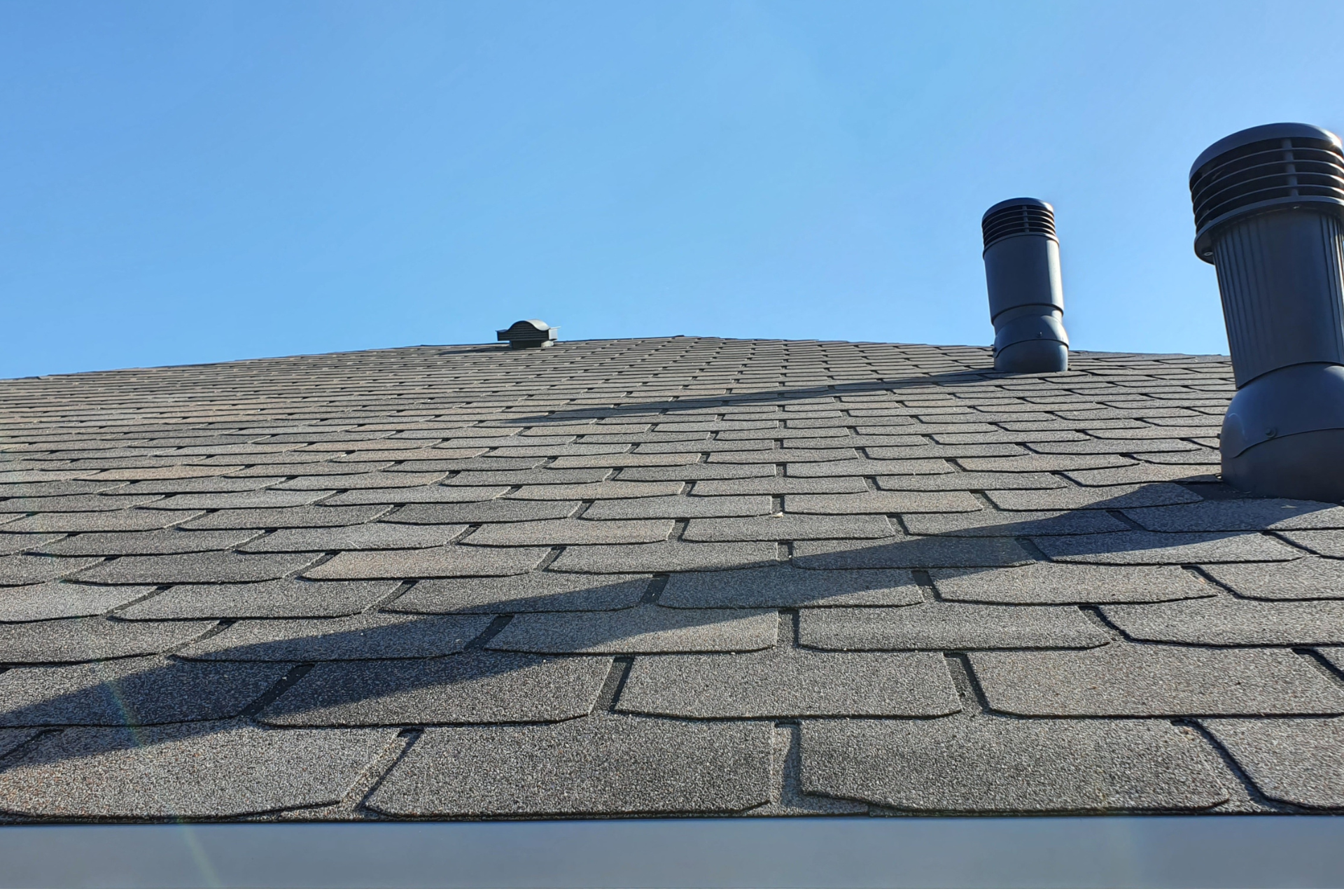
Decoding The Cost Factor
Cost is inevitably a significant consideration when choosing a roofing material. There will always be significant upfront costs when working on a roof, that’s a given. But there are also ongoing costs for things like maintenance and repairs. Energy efficiency should be a factor you consider as well.
Initial Investment and Installation Costs
Like any significant investment, the initial cost of roofing materials and installation can be a substantial part of your home improvement budget. Some materials, such as asphalt shingles, are more affordable initially but may not offer as long a lifespan as more expensive options like metal or tile.
Long-term Costs: Repairs and Energy Efficiency
Long-term costs include the potential costs of repairs plus any maintenance that the roof will require. While some roofs are cheap and easy to maintain they aren’t as energy efficient as other material types. There’s a calculation that needs to be made to judge which is the best investment given your current situation.
Exploring Popular Roofing Materials
Asphalt Shingles: The Common Choice
Asphalt shingles are probably the most popular roofing material choice across the USA. They’re cost-effective and incredibly straightforward to install. They offer a decent lifespan and come in various colors and styles to suit different architectural designs. Given that they’re only nailed down, anywhere that faces extreme weather should look at other options.
Metal Roofing: Modern and Durable
Metal roofs are gaining popularity for their durability and minimal maintenance needs. They’re one of the most resistant materials to fire and capable of withstanding harsh weather conditions. Their almost unlimited color choices make them appealing aesthetically for a wide variety of homes and premises. There’s certainly a higher upfront cost, but their long lifespan and energy efficiency can make them a cost-effective option.
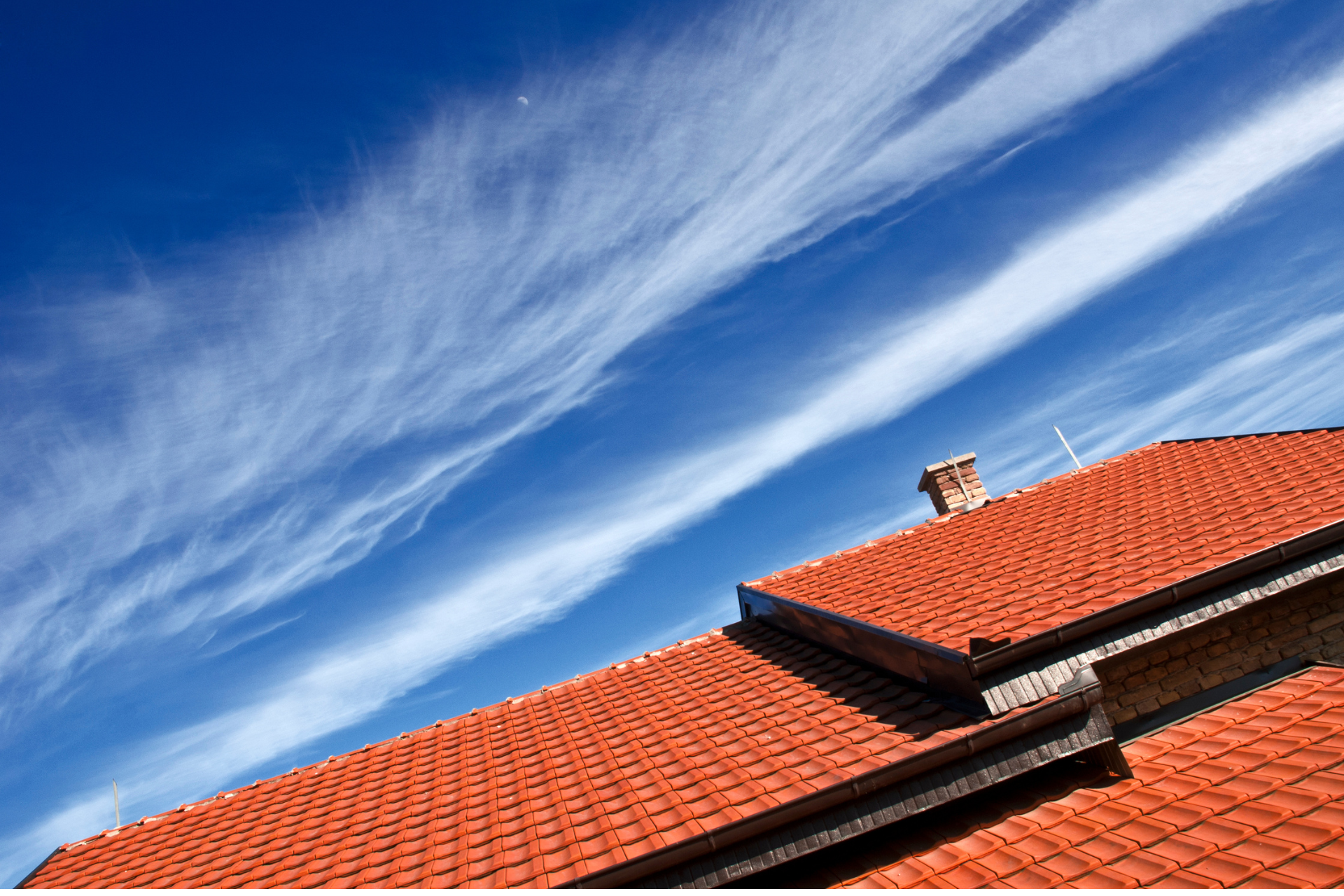
Slate and Tile: For Traditional Elegance
Slate and tile roofs offer a touch of elegance and are known for their long lifespan. They are another fire-resistant option that performs well in harsh weather conditions. However, they are heavier than other materials and require a strong support structure. Also, the high initial cost might be a deterrent for some homeowners.
Wood Shakes: A Rustic Appeal
For those who prefer a rustic or natural look, wood shakes offer a distinctive aesthetic. They provide good insulation but require regular maintenance to prevent decay and damage from insects. They are also less fire-resistant unless treated with fire retardants.
Key Takeaways
Unfortunately for you, there’s no simple answer. It involves a careful balance between various factors such as cost, durability, maintenance needs, and aesthetic appeal. The ultimate choice should align with your budget, the amount of maintenance you’re willing to commit to, and your aesthetic preferences. It’s about finding the material that not only protects your home but also enhances its charm.
When in doubt, consulting with a roofing professional can be helpful. They can provide insights into what materials work best in your area and align with your home’s style. If you’re looking for that advice from a roofing contractor in Burlington NJ then look no further than Trenton Roofing.

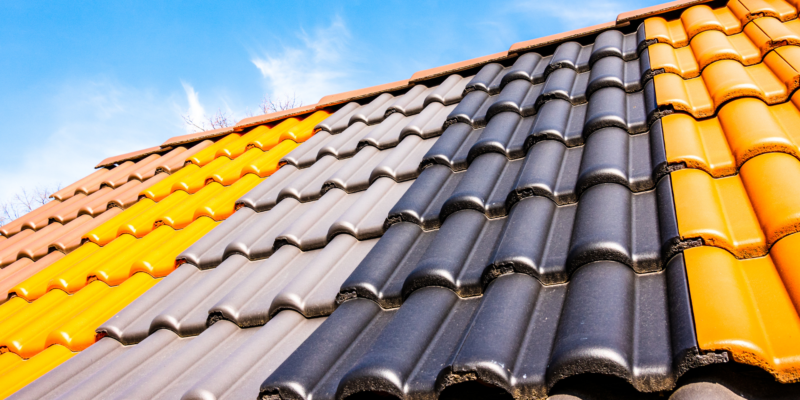
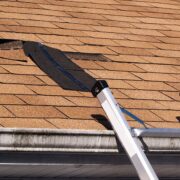
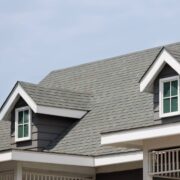
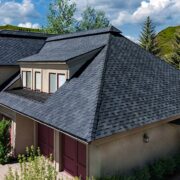
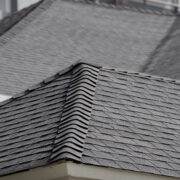
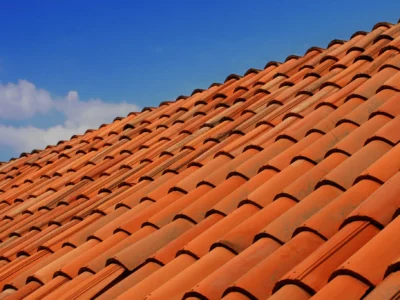
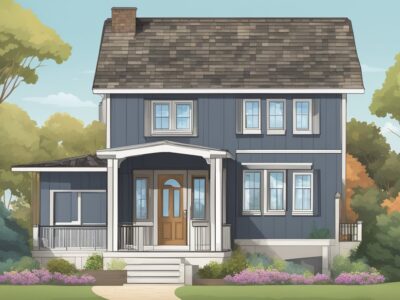
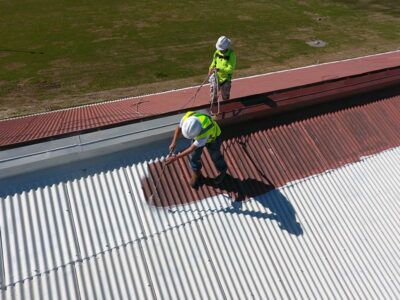
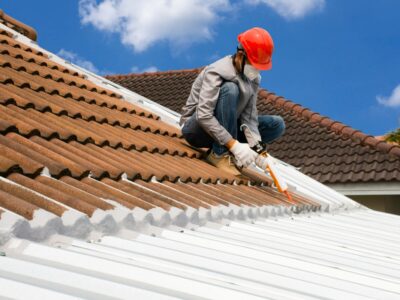
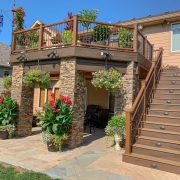

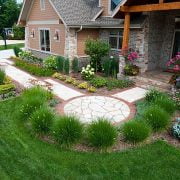

Comments